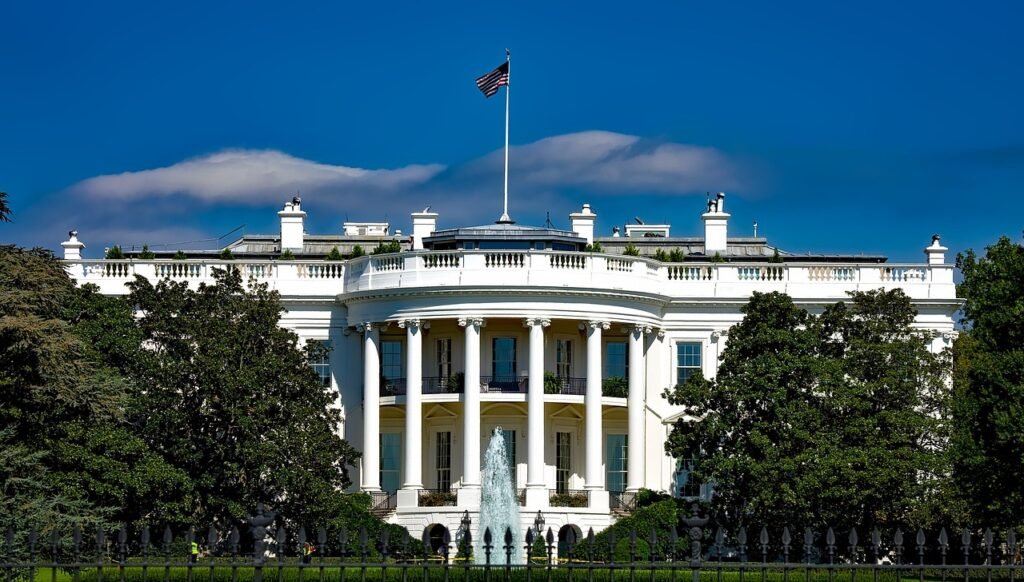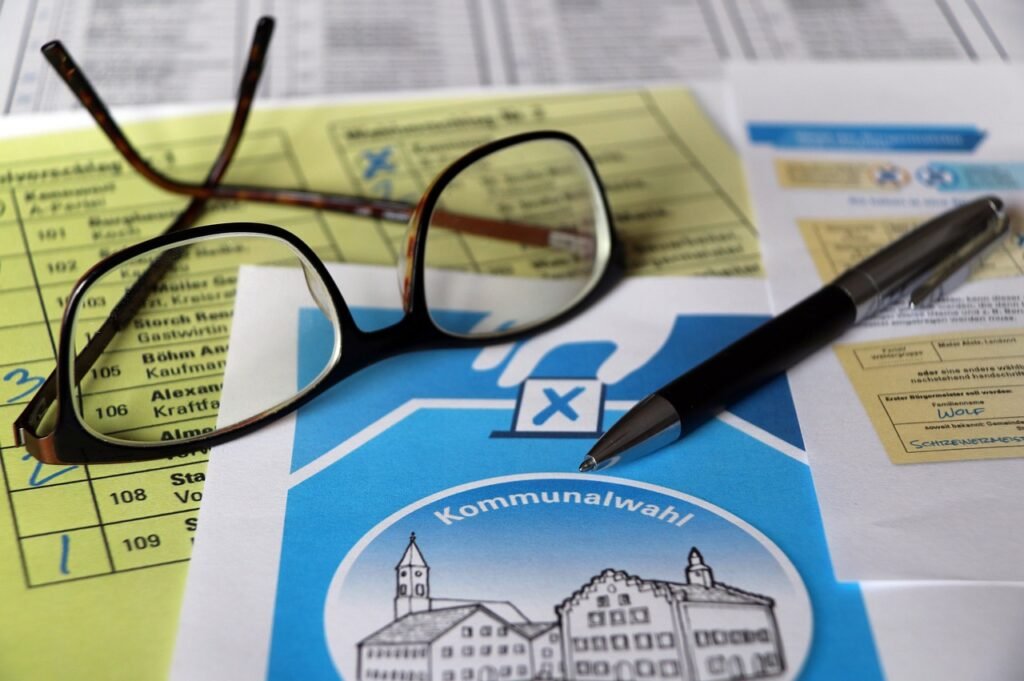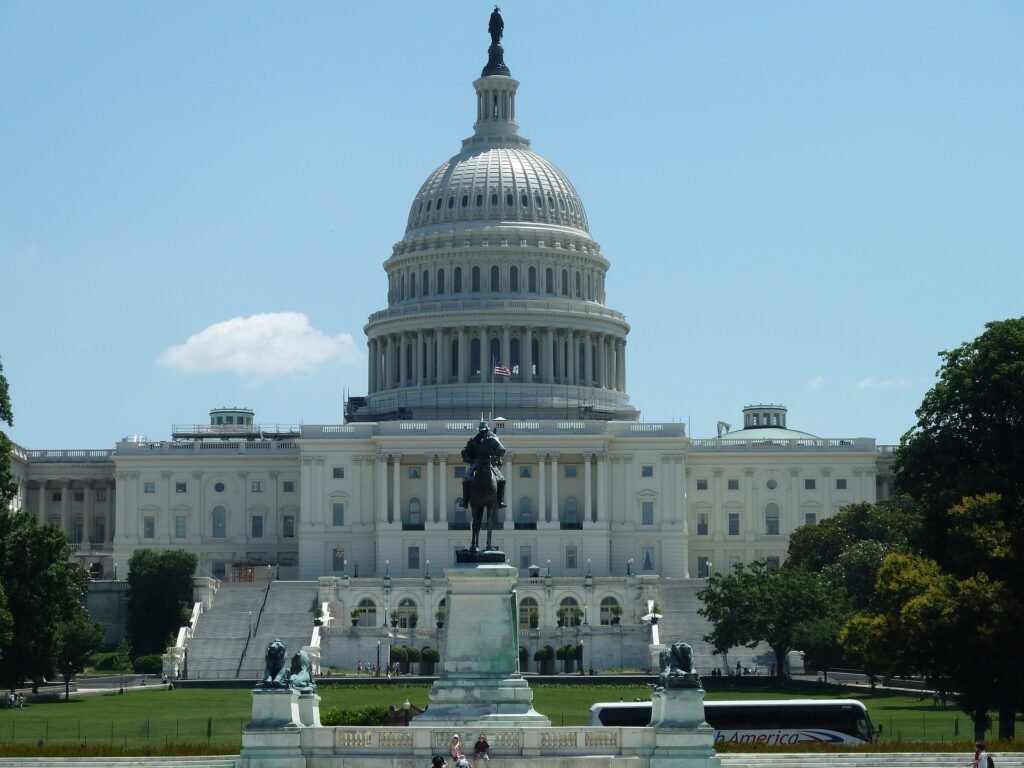
How the U.S. Presidential Election Works
The U.S. Presidential election works in a unique way, unlike any other presidential election in the world. It is a two-stage process, with the first stage being the primary and caucus season, and the second stage being the general election. The President is chosen indirectly, that is, by the Electoral College rather than by the general public.
A contender needs to receive the majority of electoral votes to win the presidency. There are a total of 538 electoral votes, with each state receiving a number of electoral votes equal to its number of representatives in the House of Representatives plus its two senators.
To win the electoral votes of a state, a candidate must win the popular vote in that state. However, there are two states, Maine and Nebraska, that use a proportional system to allocate their electoral votes. In these states, the candidate who wins the popular vote in the state wins two electoral votes, and the candidate who wins the popular vote in each congressional district wins one electoral vote.
If no candidate wins a majority of electoral votes, the election is decided by the House of Representatives. In the House, each state has one vote, and the candidate who wins the votes of a majority of states becomes president.
The following is a basic overview of the US presidential election process:
Once candidates have announced their candidacy, they must begin fundraising and campaigning. Candidates travel across the country to give speeches, meet with voters, and raise money. They also participate in debates and interviews.
Primaries and Caucuses
The primary and caucus season is a period of time in which each political party selects its nominee for president. In the spring of the election year, candidates begin competing in primaries and caucuses. These events are held in each state to determine which candidate will receive the state’s delegates to the party’s national convention. The process varies from state to state, but most states hold either a primary election or a caucus.
In a primary election, voters cast their ballots for their preferred candidate. The candidate with the most votes in each state wins that state’s delegates to the party’s national convention.
In a caucus, voters gather in meetings to discuss and vote for their preferred candidate. The candidate with the most support in each caucus wins that caucus’s delegates to the party’s national convention.

Click here to read about Primaries and Caucuses in detail.
National conventions
The national conventions are held by each political party in July or August before the general election. The purpose of the conventions is to officially nominate the party’s candidate for president and to adopt the party’s platform, which outlines the party’s positions on important issues.
At the convention, the delegates who were elected during the primary and caucus season cast their votes for the party’s nominee for president. The candidate with the most votes wins the nomination.
General election
The general election is held on the first Tuesday after November 1st. In the general election, voters cast their ballots for the president and vice president of the United States. All registered voters in the United States are eligible to vote in the general election.
The winner of the general election is the candidate who receives the most electoral votes. The candidate who wins a majority of the electoral votes (at least 270) wins the presidency.
Electoral College
A body known as the Electoral College was created by the U.S. Constitution and is composed of electors who are chosen every four years to choose the US president and vice president.

Each state selects its electors in accordance with guidelines established by its legislature. Each state has a different number of electors, based on its population. The number of electors in each state varies according to its population. Every state receives an equal number of electors vis a vis the number of seats it has in the U.S. House of Representatives plus its two senators. To become president, a candidate needs to receive at least 270 electoral votes.
Typically, a state’s electoral votes go to the candidate with the most votes there. The number of representatives of Congress a state has is determined by its population size, and determines how many electoral votes it receives.
After the general election, the Electoral College meets to cast their votes for president and vice president. The candidate who wins a majority of electoral votes becomes president.
The Electoral College is often criticized for being undemocratic, as it is possible for a candidate to win the presidency without winning the popular vote. However, the Electoral College is a part of the U.S. Constitution and is unlikely to be changed anytime soon.
If no candidate wins a majority of electoral votes, the election is decided by the House of Representatives. Each state delegation in the House has one vote, and the candidate who wins a majority of state delegations is elected president.
Inauguration
The Inauguration ceremony for the President and Vice President takes place on January 20th of the year following the election.

It should be noted that the U.S. Presidential election process is a complex, important process and can vary from state to state. It is a chance for the American people to choose their leader and to shape the direction of the country for the next four years. For more information on the specific election laws in your state, please visit the website of your state’s election commission.
